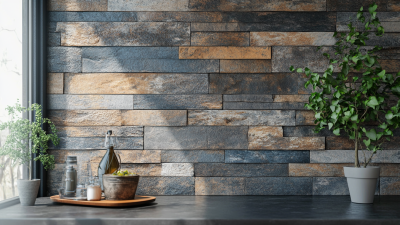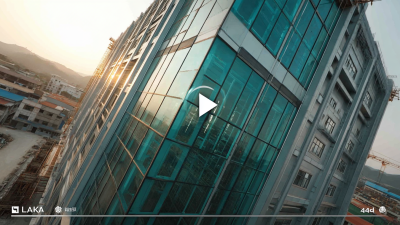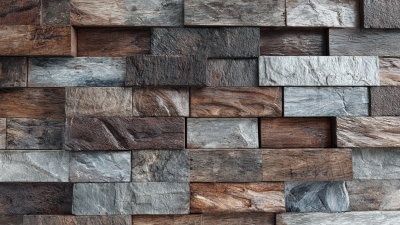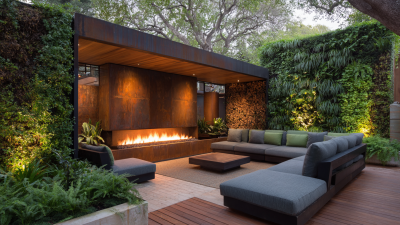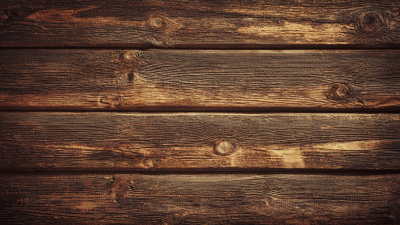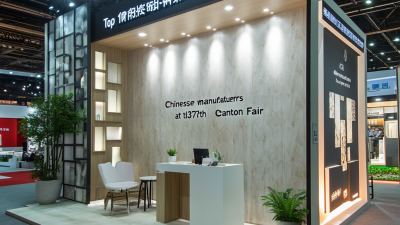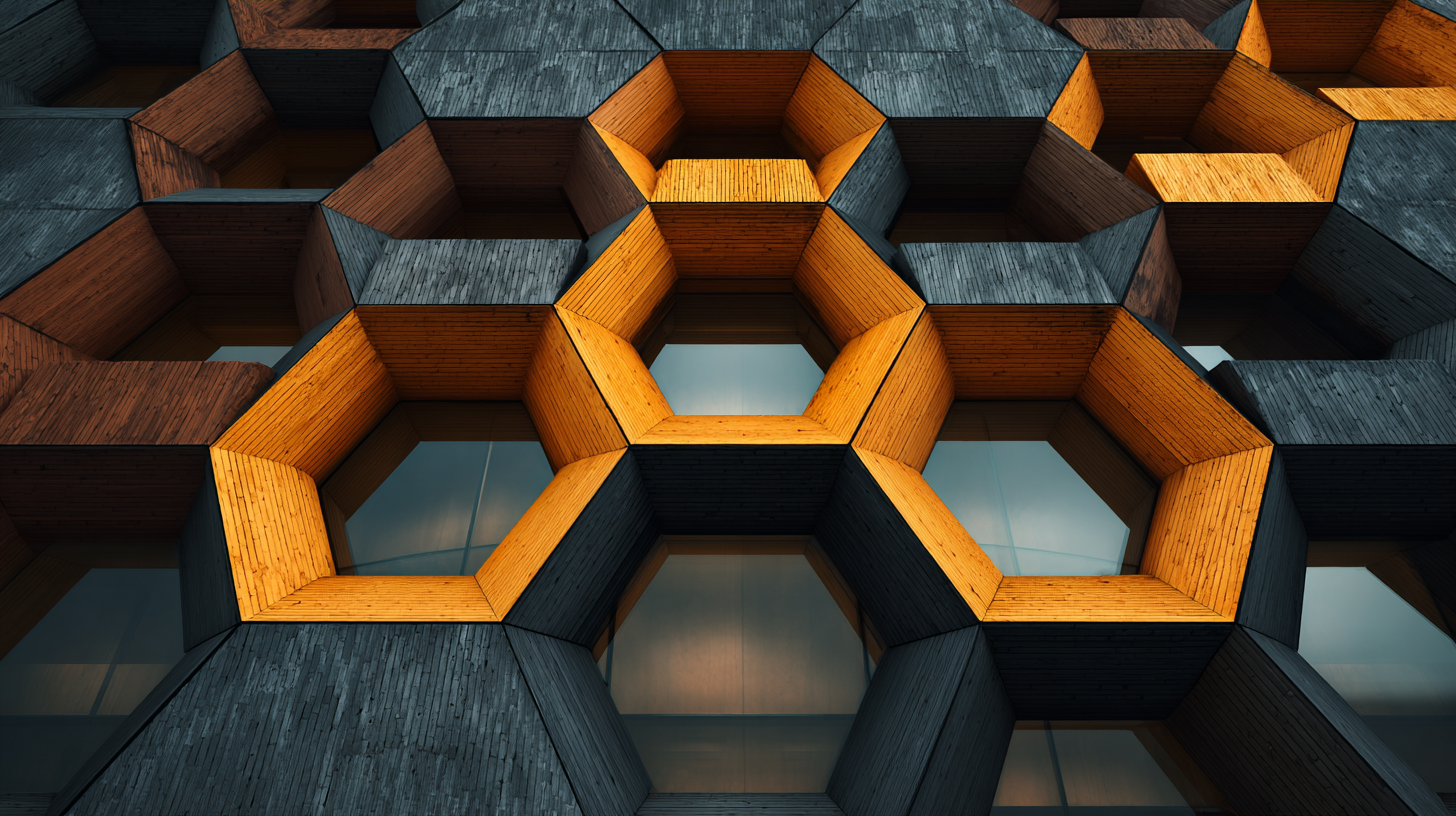 In the ever-evolving realm of modern architecture, innovative wall cladding trends are playing a pivotal role in redefining aesthetic appeal and functional integrity. Wall cladding, which serves not only as a protective layer but also as a design statement, is undergoing transformative changes driven by advancements in materials, technology, and sustainability. Architects and designers are increasingly embracing diverse options, from eco-friendly materials to dynamic textures and colors, making wall cladding an integral aspect of contemporary architectural identity. This exploration into the latest trends reveals how wall cladding is not merely a surface treatment but a critical component that enhances energy efficiency, durability, and visual allure, ultimately reshaping our built environment and reflecting our evolving taste and values. Through this lens, we can appreciate the significant impact that innovative wall cladding is having on the architectural landscape of today.
In the ever-evolving realm of modern architecture, innovative wall cladding trends are playing a pivotal role in redefining aesthetic appeal and functional integrity. Wall cladding, which serves not only as a protective layer but also as a design statement, is undergoing transformative changes driven by advancements in materials, technology, and sustainability. Architects and designers are increasingly embracing diverse options, from eco-friendly materials to dynamic textures and colors, making wall cladding an integral aspect of contemporary architectural identity. This exploration into the latest trends reveals how wall cladding is not merely a surface treatment but a critical component that enhances energy efficiency, durability, and visual allure, ultimately reshaping our built environment and reflecting our evolving taste and values. Through this lens, we can appreciate the significant impact that innovative wall cladding is having on the architectural landscape of today.
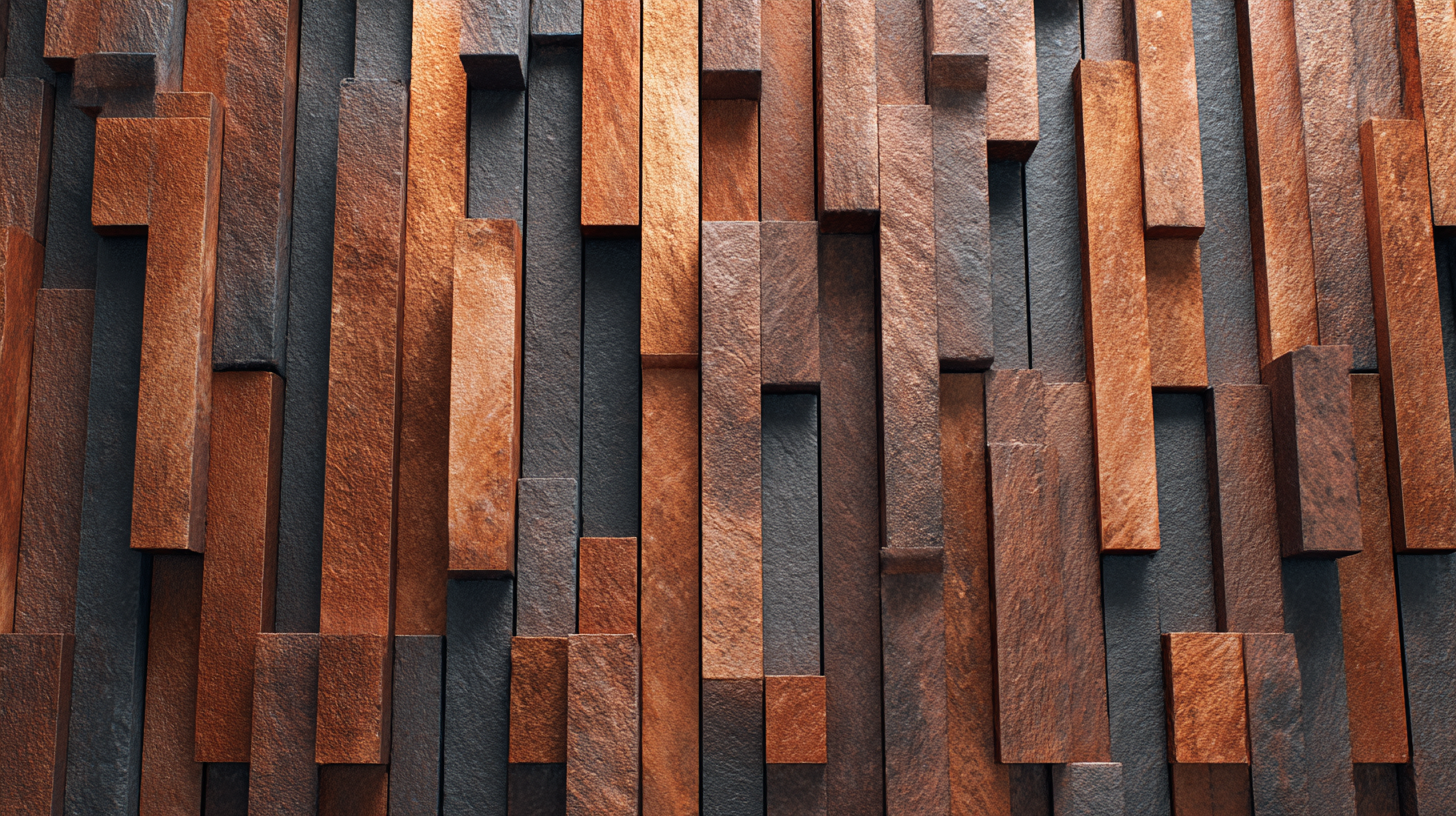 The modernization of architecture is increasingly characterized by innovative wall cladding solutions, with a significant emphasis on sustainability. Architects and builders are shifting towards materials that not only serve aesthetic purposes but also contribute positively to environmental conservation. Sustainable materials such as reclaimed wood, recycled metal, and low-impact concrete are gaining popularity in wall cladding applications. These not only reduce the carbon footprint but also promote a circular economy by reusing existing materials.
The modernization of architecture is increasingly characterized by innovative wall cladding solutions, with a significant emphasis on sustainability. Architects and builders are shifting towards materials that not only serve aesthetic purposes but also contribute positively to environmental conservation. Sustainable materials such as reclaimed wood, recycled metal, and low-impact concrete are gaining popularity in wall cladding applications. These not only reduce the carbon footprint but also promote a circular economy by reusing existing materials.
Tips: When selecting sustainable wall cladding materials, consider the sourcing and manufacturing processes. Look for certifications such as FSC (Forest Stewardship Council) for wood products, which ensure responsible forest management.
Moreover, the integration of green technologies within wall cladding can further enhance sustainability. Options include solar panel integration and living walls that improve insulation and air quality. Utilizing materials that are both durable and environmentally friendly can lead to significant long-term savings on maintenance and energy costs.
Tips: Ensure that the chosen materials are also suitable for your local climate to maximize their performance and longevity, leading to a truly sustainable design.
The integration of smart technology into wall cladding designs is reshaping modern architecture, allowing for an unprecedented level of interaction between buildings and their occupants. Innovative materials such as photochromic and thermochromic surfaces can change color based on environmental conditions, enhancing a building's aesthetic appeal and energy efficiency. These materials can help regulate indoor temperatures by reflecting or absorbing heat, thereby reducing reliance on traditional HVAC systems and contributing to sustainability efforts in architecture.
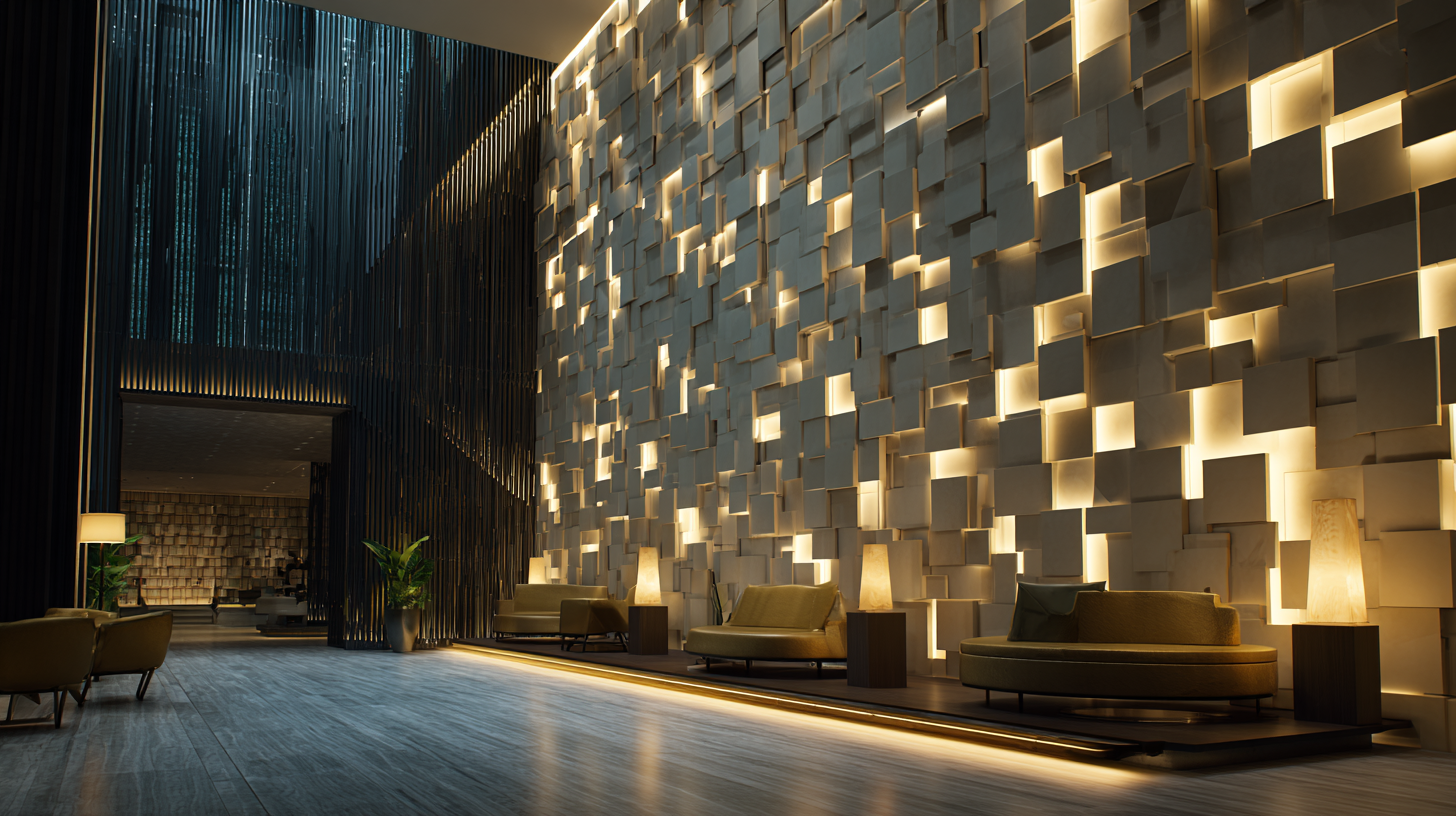
Additionally, smart wall cladding can incorporate sensors that monitor environmental factors like temperature, humidity, and air quality. This data can be used to optimize energy usage and inform occupants about their surroundings in real-time. Some designs feature integrated LED displays that can convey information or change their appearance based on user interaction, blurring the lines between architecture and technology. This convergence not only enhances the functionality of buildings but also fosters a deeper connection between people and their environments, paving the way for a future where walls do more than just divide spaces—they engage and respond.
Textured finishes are becoming a key element in modern architectural design, offering a unique way to infuse depth and character into building facades. With a growing emphasis on innovation, architects and designers are increasingly turning to a variety of materials and techniques that showcase rich textures, allowing for an interplay of light and shadow that dynamically engages viewers. This trend not only enhances aesthetic appeal but also aligns with the overarching movement toward sustainability, as many textured materials are now being crafted from eco-friendly sources.
Tips for incorporating textured finishes into your facade include experimenting with different materials such as natural stone, wood, or even innovative composite options. Each material can create distinct visual effects, so consider how the textures will interact with natural light and the surrounding environment. Furthermore, think about color combinations that complement the textures to ensure a harmonious and inviting exterior. Play with varying scales of texture; for example, combining large stone cladding with finer details can create a striking visual contrast.
In addition to aesthetics, textured wall cladding can serve practical purposes. Choose finishes that offer durability and weather resistance to ensure longevity. For residential or commercial buildings, selecting the right texture and finish can not only elevate the design but also improve energy efficiency by providing better insulation.
This bar chart showcases the current trends in wall cladding materials used in modern architecture, highlighting the popularity of various textured finishes that add depth and character to building facades.
The integration of color theory into wall cladding design is revolutionizing modern architecture, offering not just aesthetic appeal but also psychological benefits. By carefully selecting hues based on color theory, architects are able to influence the atmosphere and perception of buildings. For instance, warm colors like reds and oranges can evoke feelings of energy and warmth, while cooler shades, such as blues and greens, tend to create a sense of calm and serenity. This strategic use of color enhances not only the exterior appearance but also the overall experience of the space.
Moreover, innovative cladding materials are available in a spectrum of colors that suit various architectural styles, enabling a harmonious blend between form and function. The combination of texture and color in wall cladding can transform ordinary structures into visually striking landmarks. Architects are increasingly recognizing that a well-thought-out color scheme can enhance a building's connection to its environment, improve energy efficiency through adaptive design, and contribute to a more sustainable built environment. As these trends continue to evolve, the role of color in architecture becomes more significant, making buildings not just structures but vibrant expressions of creativity and culture.
The integration of biophilic design elements into innovative wall cladding solutions has revolutionized modern architecture, creating environments that foster a deeper connection between humans and nature. By incorporating natural materials, textures, and color palettes, architects are designing spaces that invoke a sense of serenity and wellbeing. For instance, wooden cladding mimicking tree bark or stone finishes echoing natural landscapes not only enhance the aesthetic appeal of buildings but also promote sustainability by utilizing eco-friendly resources.
Moreover, advancements in wall cladding technologies are allowing for greater flexibility in design, making it possible to blend indoor and outdoor spaces seamlessly. Glass and green wall systems are becoming increasingly popular as they bring in natural light and allows for the growth of vegetation, further enhancing the biophilic experience. This trend not only contributes to improved air quality and reduced urban heat but also encourages occupants to engage with their surroundings, transforming traditional architectural practices into innovative, nature-inspired designs that prioritize health and harmony.
| Trend | Description | Materials Used | Benefits |
|---|---|---|---|
| Living Walls | Vertical gardens that integrate plant life into building facades. | Soil, irrigation systems, diverse plant species. | Improved air quality, aesthetic appeal, reduced urban heat. |
| Natural Stone Cladding | Use of natural stones to enhance facade durability and aesthetics. | Granite, limestone, slate. | Long lifespan, unique appearance, low maintenance. |
| Recycled Materials | Cladding made from repurposed materials promoting sustainability. | Recycled metal, reclaimed wood, glass. | Eco-friendly, reduces waste, unique texture. |
| Textured Panels | 3D panels that add depth and visual interest to walls. | Wood laminate, metal, fiberglass. | Modern look, customizable, enhances light play. |
| Biophilic Patterns | Incorporating patterns inspired by nature in wall designs. | Ceramic tiles, stainless steel, wood. | Promotes wellbeing, enhances creativity, engages occupants. |
